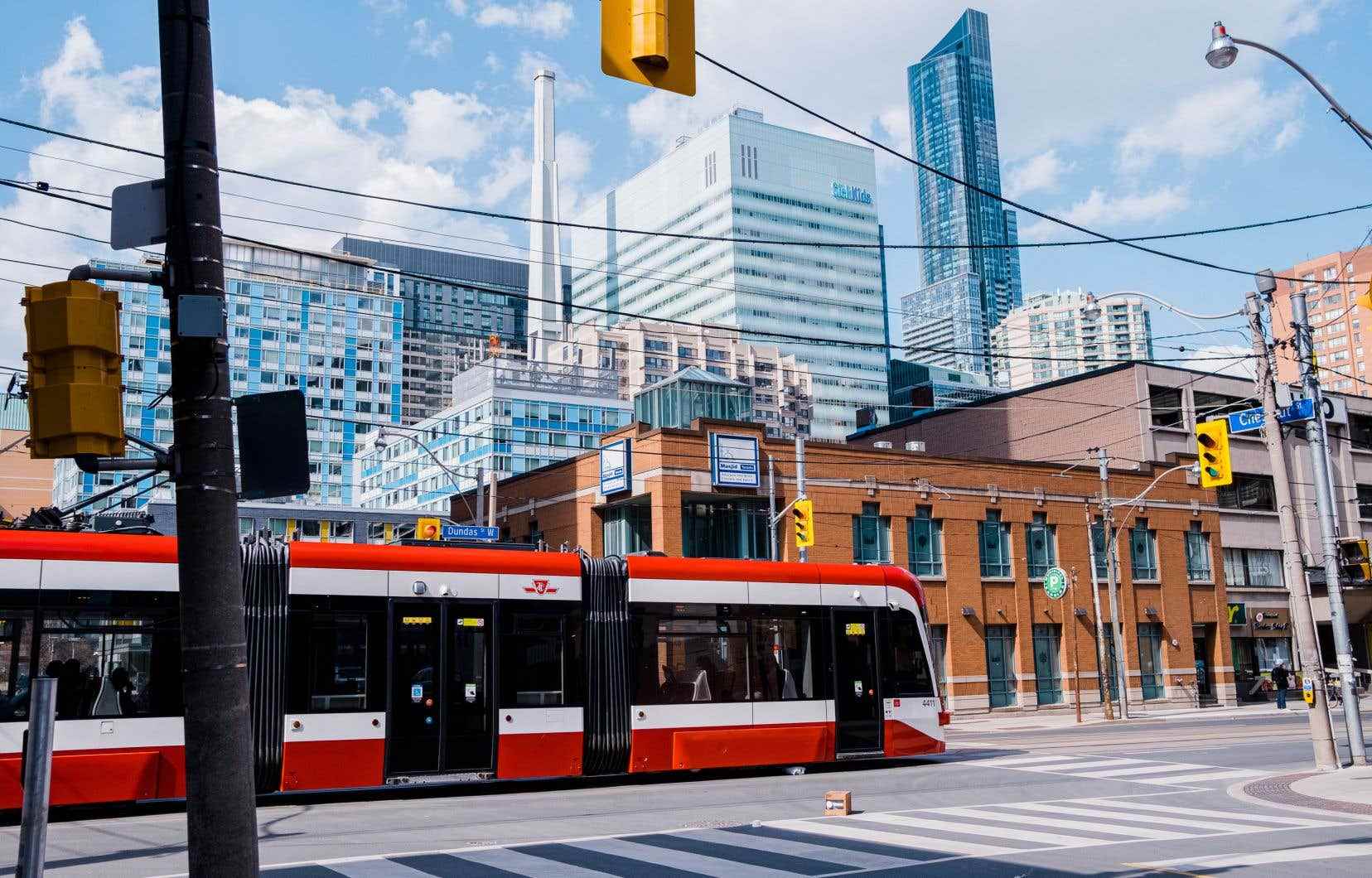A week after the Ontario election was called, Chiefs continue to unveil new measures to improve access to housing. But a flagship measure proposed by an independent committee formed by the government to study housing affordability is not in all plans. Is the elimination of exclusionary zoning the answer to housing problems in the province?
Many experts speak of a real estate crisis in Ontario. The average price of a home hit 1.2 million in the GTA in April, a 15% increase from April 2021. Rent prices are also approaching pre-pandemic highs: a two-bedroom apartment costs an average of 2,867 $ per month, compared to $2941 at the end of 2019.
In December, six months before the election, the Ontario government formed an independent affordable housing study group to analyze the situation. The committee of experts recommended ambitious measures to solve the problem, such as the construction of 1.5 million houses in 10 years and the elimination of exclusion zoning, which among other things prevents the construction of houses on the majority of the Toronto territory. The Toronto Chamber of Commerce makes the same recommendation.
The three main parties agree on the need to build as many new homes, but not on how to do it. In its platform, the NDP explicitly promises to eliminate exclusionary zoning. The Progressive Conservative Party makes no mention of it in its pre-election housing bill, while the Liberals, who are number two in the polls, are unclear whether they would eliminate this type altogether. zoning if elected.
Asked about the subject on Friday, Steven Del Duca said his party would “work urgently with its municipal partners to modernize zoning regulations”. According to David Amborski, a professor of urban planning at Metropolitan University of Toronto and one of the members of the study group, this plan is not ambitious enough. New provincial regulations are needed, he says, “as city councilors want to protect homeowners.”
On almost 70% of the territory of the city of Toronto, only single-family or semi-detached houses can be built. Zoning regulations dating back to the city’s amalgamation in the 1990s mean that single-family homes now represent 24% of Toronto’s housing stock. By way of comparison, they represent only 7% of Montreal’s housing stock.
A territory to develop
According to urban planner Naama Blonder, of the Toronto firm Smart Density, this territory must be “unlocked”. Otherwise, argues Rocky Petkov, a volunteer with the More Neighbors organization, which campaigns for housing reform, the province is headed for “catastrophe”. Urban sprawl is already significant in the GTA — the Progressive Conservatives are campaigning on freeways — but it will get worse if exclusionary zoning isn’t banned, says Rocky Petkov.
The study group also warned the government in February that if the exclusion zoning was not revoked, it said, real estate projects could begin to encroach on the green belt, a region protecting agricultural land, forests and wetlands. “The environmental cost will be extremely high, and we will create a car-dependent lifestyle,” laments Rocky Petkov.
Several Ontario mayors stood up as soon as the study group’s report was published to oppose the recommendations. The development commission for Oakville, a town of 195,000 near Toronto, said the group’s proposals would “erode the fabric of the community.” In Toronto, Mayor John Tory said the province was walking on its toes.
NDP Leader Andrea Horwath hasn’t said how she’ll go about eliminating exclusionary zoning, but if she takes the California way and legislates province-wide, she’ll likely face strong backlash. opposition from elected municipal officials. These, we read in the study group’s report published in February, often line up behind the many communities that oppose a zoning change since it is these communities that elect them.
On Friday, Liberal Leader Steven Del Duca, visiting Scarborough, a suburb of Toronto, insisted that he could not ignore the advice of residents of neighborhoods potentially affected by zoning changes. “Don’t you think the people who live on this street should have a say in the face of their neighborhood? he asked. According to Rocky Petkov, it was a coded message to the “not in my backyard” movement.
The message also disappointed Naama Blonder, of the firm Smart Density. “If someone wants to build a multiplex near your house, it won’t diminish the value of the neighborhood,” she recalls. The urban planner and architect, who works on multiplex projects, reveals that she works well with municipalities. “Can we work with the communities? That is the question,” she admits.
This story is supported by the Local Journalism Initiative, funded by the Government of Canada.
